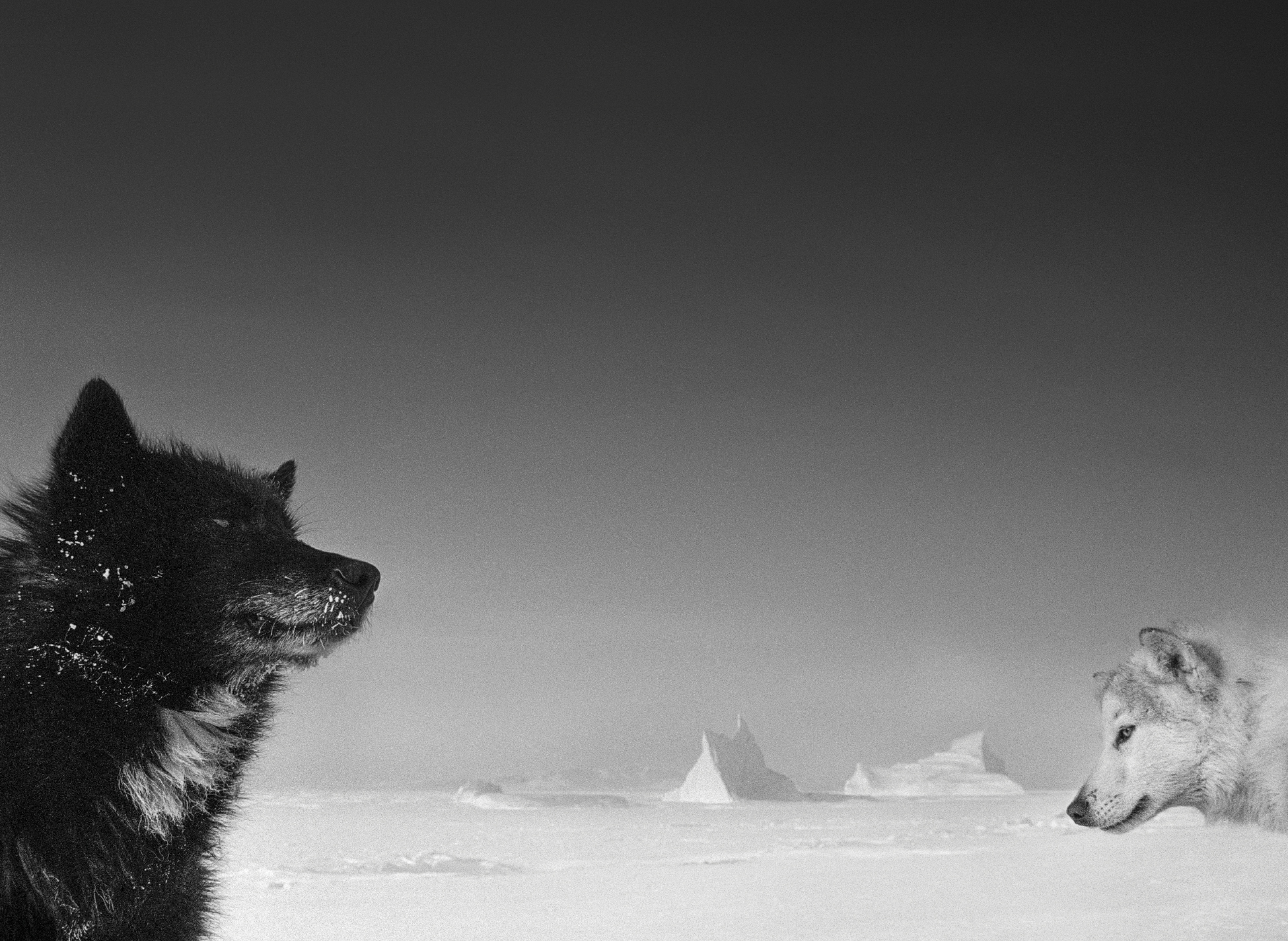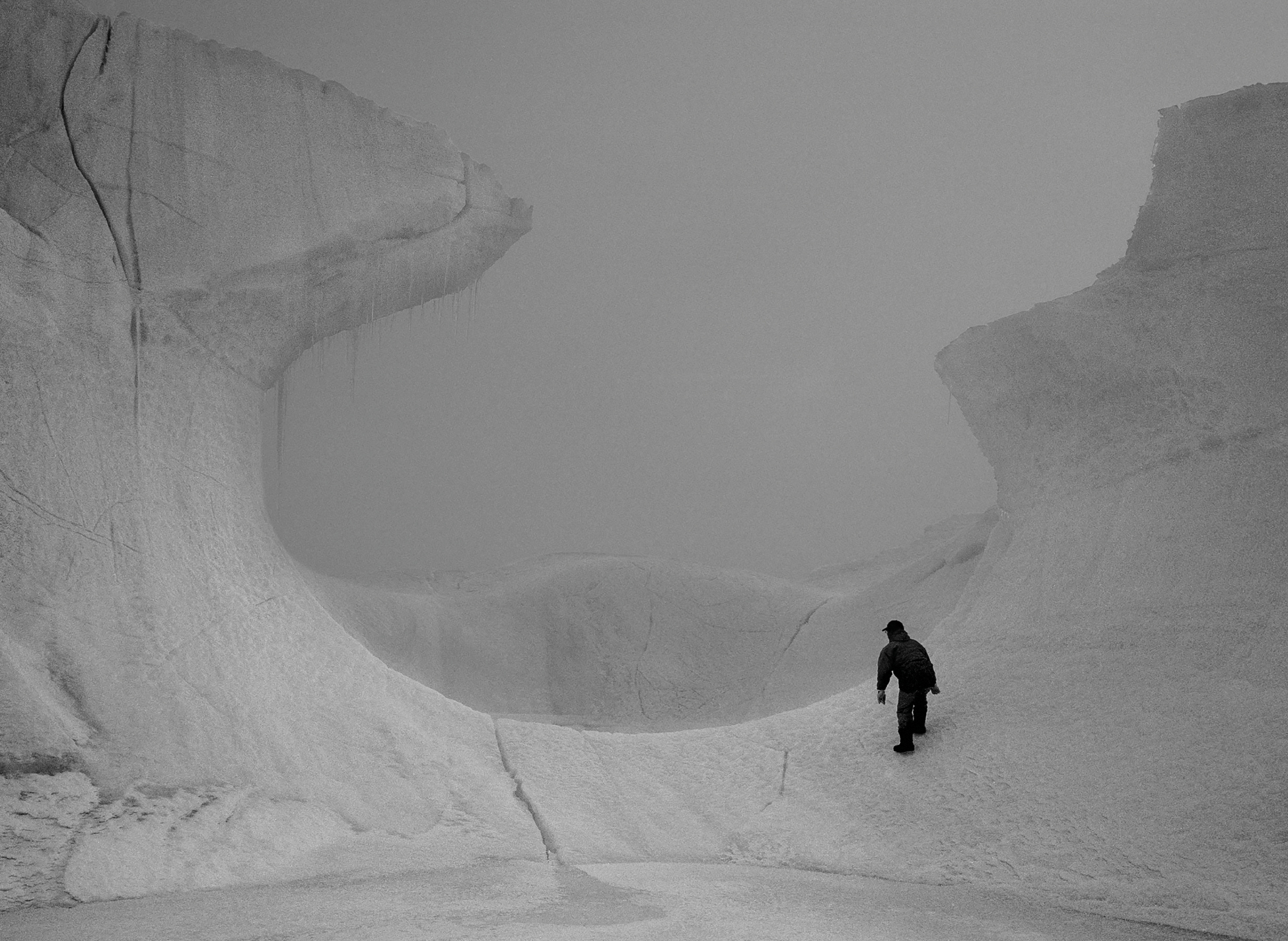Ragnar Axelsson
interview by Nick Smith
Iceland’s best-known Arctic photographer Ragnar Axelsson, or “Rax” as he is universally known, has spent three decades following in the footsteps of the great Arctic explorers to document the vanishing lifeways and landscapes of the far north. His has traveled through the icy wastelands of the Faroe Islands, Greenland, and his native Iceland with a singular objective—to get under the skin of the hunters, fishermen, and farmers of the region to find out what makes them tick. Deeply obsessed with the mystique and grandeur of the topography his characters inhabit, Rax’s landscapes are all about the bleakness of the terrain and the harshness of everyday life in these inhospitable territories. The Explorers Journal recently caught up with Rax to discuss his recently released monograph, Faces of the North, a visual monument to an ephemeral way of life in a vulnerable and threatened landscape.
The Explorers Journal: Did you always know you wanted to be a photographer?
Ragnar Axelsson: I would say yes. I started taking photographs of the people who lived on the farms outside of the city when I was ten. You see some of these people in the book. So I have always been a photographer, but I also wanted to be a pilot. Unfortunately, by the time I got my license, there were few jobs for pilots so I fell back on photography.
EJ: How did Faces of the North come into being?
Ra: Faces of the North is the result of more than 30 years of work. And in that relatively brief time, I have witnessed tremendous change in the Far North. When I began photographing life in the Arctic, my goal was really just to document what it was to live in the cold. But I soon realized that there was something going on. If you look at some panoramic photographs I took in Greenland years ago, all you see is ice, but today there is only open water. I remember photographing an old hunter in Greenland who, sniffing the air and speaking in his native Greenlandic, told me, “There is something wrong, it shouldn’t be like this. The ‘big ice’ is sick.” He was talking about the glacier and how ice was changing in the fjord. That was a turning point for me.
EJ: Do you think that this was an instinctive understanding of climate change?
RA: These people are part of nature and as such they sense everything. I think that when you look at the faces of the people in this part of the world you are looking at a way of life that is dying. You see the old fishermen with their wooden boats and the farmers with their long, white beards. In Greenland the younger generation has little interest in living as hunters on the ice.
EJ: You have said that the Arctic explorer Wally Herbert inspired you.
RA: Wally Herbert was extraordinary, and of course he was at the North Pole in 1969 when the Apollo 11 guys were landing on the Moon. So of course he wasn’t in the news so much, but he should have been. But what he did was a very heroic and brave thing to do. I’ve never been in that position, because I really only go out onto the ice with my camera for three or four weeks at a time. That’s nothing compared with what Wally was doing. But it’s still pretty hard for sure.
EJ: You have deliberately focused on Arctic. Why is that?
RA: I’ve been all over the world, but the Arctic keeps calling me back time and again. Perhaps more important, the Far North is going to be the biggest environmental issue for years to come because it is changing so fast. I know that there are people who don’t believe in climate change, but it is just a fact. We have to be able to answer our children when they ask us what we did about this.





